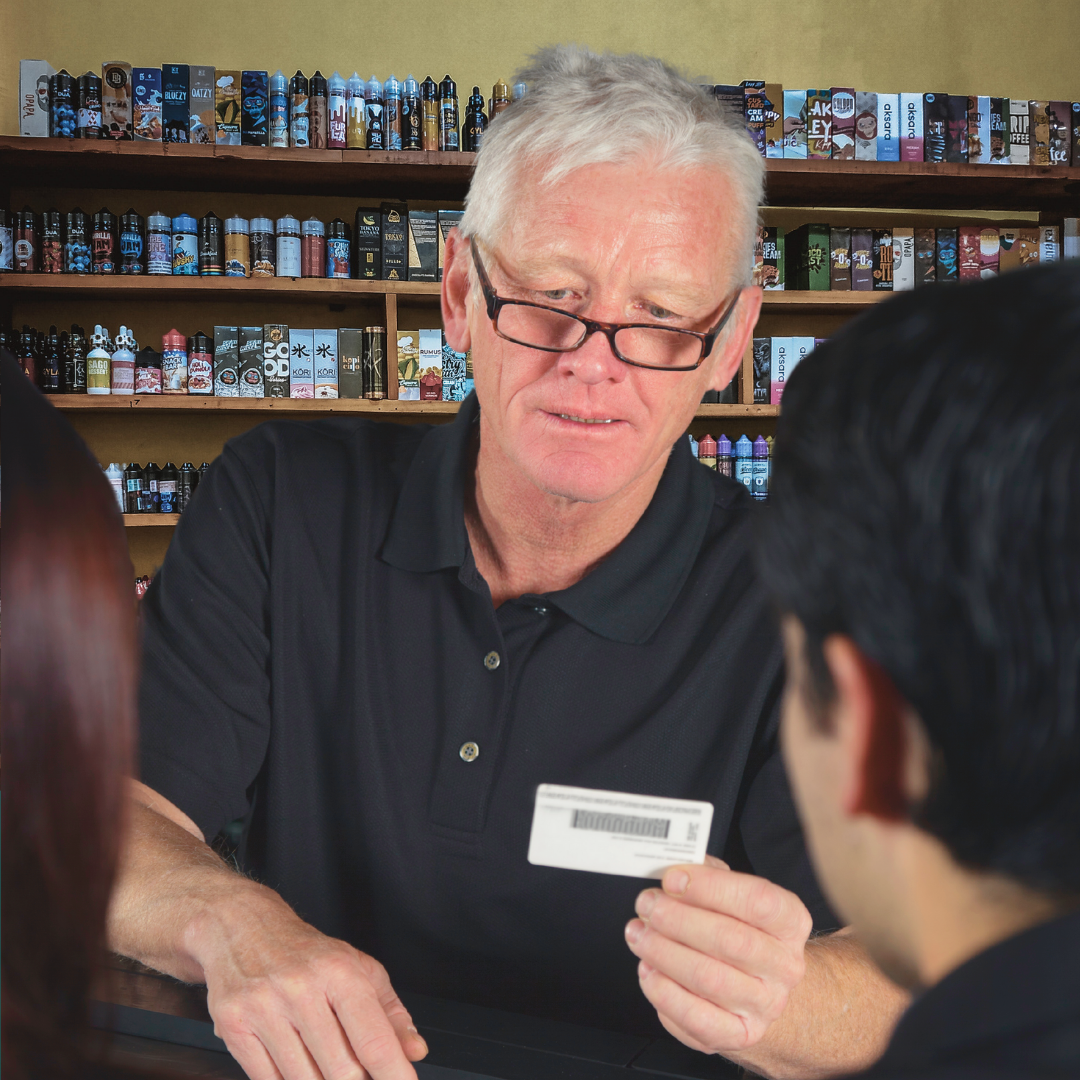Despite laws meant to keep vaping products out of the hands of minors, youth are still finding ways to get them—often from people they know and trust. This is known as social supply—when young people access vapes through friends, siblings, parents or others in their social circle. In 2022, 41% of Canadian youth aged 15 to 19 said they got their vape liquids this way. It’s nearly impossible to monitor—and it’s becoming a major public health concern.
Meanwhile, vape sales through retail stores remain widespread. Among Canadians aged 15 and older, 74% reported buying vape liquids from stores. With more than 200 retailers now operating in Wellington-Dufferin-Guelph—double the number from 2018—there’s no shortage of access points for those who are of age… or know someone who is. In 2023, WDG Public Health received more complaints, referrals and requests related to tobacco and vaping than in the previous five years combined.
So what’s fuelling this rise in youth access—and how can we stop it?
The role of social media and peer influence

Social media plays a big role in promoting vaping. Platforms are full of content that makes vaping look trendy, normal—even harmless. Teens aren’t just watching—they’re connecting with others who can supply them with vape products.
When something is everywhere online, it starts to feel like “everyone’s doing it.” That kind of peer influence is powerful—especially for youth who are curious or feeling pressure to fit in.
The role of older teens and adults
Older teens and young adults are often key links in the social supply chain. Because they can legally buy vaping products, they may pass them on to younger friends, siblings or acquaintances. Sometimes it’s to fit in. Sometimes for money. And often, they may not fully understand the risks, like hefty fines of up to $490.
This kind of supply is difficult to track. Public health and law enforcement can’t monitor what happens within social circles or private messages.
The risks of social supply
One of the biggest concerns with social supply is the lack of control over what’s being shared. Regulated retailers follow rules to ensure standards are met. When vapes are shared between friends or through social circles, it’s harder to know exactly what’s in them or where they came from. That lack of oversight can increase the risk for youth.
We’re still learning about the full effects of vaping, but we do know that nicotine can impact brain development, especially in teens. It’s also linked to addiction and may affect mental health and lung function. The younger someone starts, the higher the risk.
What can be done?

Everyone has a role to play!
- Parents, schools and community organizations can help by sharing information about the risks of vaping. When teens have information and guidance, they’re more likely to make informed choices.
- Retailers must check ID every time and be alert to things like large purchases that could suggest someone is buying for others. Staff should know the legal age and be trained to spot suspicious behaviour.
- Public Health regularly inspects vape retailers, provides education, and enforces fines to help stop illegal sales and limit youth access.
What parents can do

Parents play a critical role. Staying informed and keeping communication open makes a real difference.
- Start a conversation: Ask your child what they know about vaping and how they feel about it. Listening without judgment can help open the door to honest conversations and better understanding. Visit notanexperiment.ca to get tips on starting the conversation.
- Set clear boundaries: Make your rules clear and consistent. Explain the consequences for vaping and enforce them with care and understanding.
- Support positive habits: Stay engaged in your child’s life. Watch for signs of vaping—like fruity smells or changes in behaviour—and encourage activities that support their well-being and confidence.
Moving forward
Youth vaping—and the social supply that fuels it—can’t be ignored. Social media, peer pressure and easy access through friends are making it easier than ever for minors to get vapes.
But this isn’t just one group’s problem. It’s going to take parents, schools, communities, retailers and public health working together to reduce access. By staying informed, taking action and supporting healthy choices, we can help protect youth from the risks of vaping.
For more information and quit resources, visit:
